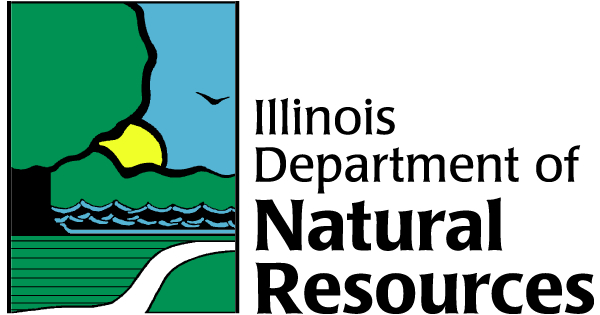Natural Resource Restoration Monitoring Program
When the public’s natural resources are injured by a release of hazardous substances or oil, federal and state law provide mechanisms, Natural Resource Damage Assessment (NRDA) or NRDA-like processes, that authorize the State of Illinois to seek compensation for the public for injuries to natural resources. Such compensation is often in the form of restoration project implementation. A systematic monitoring program is then followed to determine restoration success.
The objective of the restoration project is often to increase habitat for natural resources such as plants and animals, including but not limited to, fish, mussels, insects, birds, mammals, and reptiles/amphibians. To determine how well a restoration project delivers the intended resource benefits, IDNR staff assess whether all funds were used as proposed and conduct surveys to determine whether the intended benefits occurred after project implementation. Furthermore, IDNR staff observe whether maintenance activities are needed for the project to continue functioning.
At a minimum, site visits are conducted and photos are taken to visually track the site changes over time. Basic observations may also be recorded. For example, a description of the overall site condition and wildlife utilizing the site are noted. Some of the restoration projects will have a more intensified monitoring strategy. For example, fish surveys are conducted before and after restoration project implementation, which provide quantitative data, allowing biological changes to be tracked over time.
The information gathered from the monitoring activities will be summarized and presented to the public through the IDNR NRDA website.
To increase the chances of achieving project goals and to improve future efforts, adaptive management will be applied to program actions. Adaptive management means making corrections to a project or the monitoring strategy based upon lessons learned during implementation and/or monitoring. The learning process that takes place during monitoring can lead to improved understanding of a restoration technique, thereby enhancing the likelihood that future restoration and monitoring strategies will be successful.
An important component of the monitoring program is collaboration with other entities and individuals with interest in the project area, such as but not limited to, state and Federal agencies, universities, local governments, not-for-profit organizations, and private landowners.
For more detailed information regarding IDNR's NRDA monitoring program please contact IDNR's Contaminant Assessment Section staff at: 217-782-6752.


